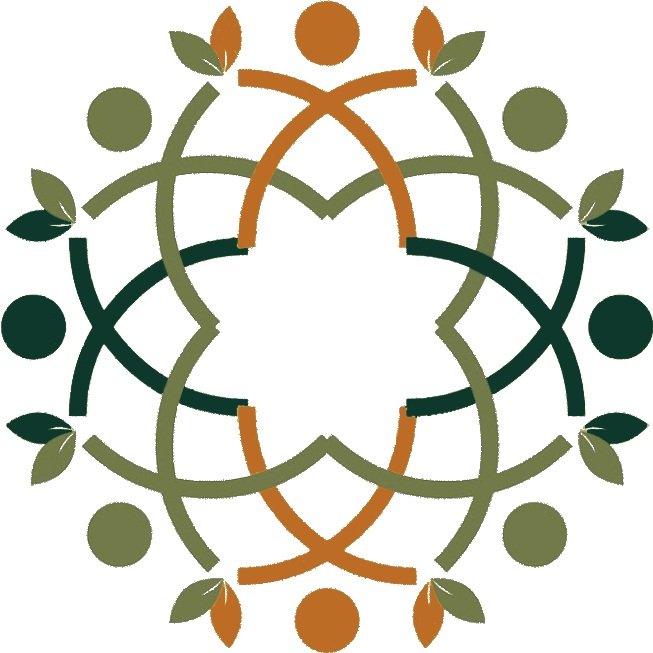Hierarchy is Dead, Long Live Hierarchy
Part 1
We have legitimate criticisms of hierarchy:
Hierarchy creates nefarious power dynamics that produce and perpetuate injustice.
Hierarchy generates inefficient bottlenecks and promotes conflict avoidance.
Hierarchy inhibits creative collaboration and emerging leadership potential.
When we place these criticisms of hierarchical organizational structures in a historical context, with the awareness that people atop these hierarchies are disproportionately white, male, able-bodied, economically advantaged, and institutionally educated, it’s clear how these hierarchies operate to rationalize and stabilize pervasive forms of structural oppression.
In the face of these expressions and experiences of hierarchy, many folks seek to create non-hierarchical organizations.
Generally speaking, the goals of the non-hierarchy movement are to establish more just and equitable organizations–organizations that empower more people to contribute fully and creatively to the work, that invite more honesty and connection, and that more effectively accomplish collective goals.
These are noble goals. But when we reject hierarchy altogether, we end up with the tyranny of structurelessness. In this tyranny of structurelessness, we experience a lack of clarity, lack of accountability, lack of direction, and new and equally problematic power dynamics that arise in the absence of clear structure.
While it is true that the organizational hierarchies that pervade many nonprofit and for-profit organizations are deeply problematic both morally and tactically, our experience helping hundreds of organizations align their structure, operations, and strategy with their values, has led us to a seemingly heretical conclusion:
Hierarchy is actually an essential component of an effective organization.
To face and hold these two seemingly incompatible truths, we must understand hierarchy in a much more nuanced and complex way.
Don’t worry about sounding professional. Sound like you. There are over 1.5 billion websites out there, but your story is what’s going to separate this one from the rest. If you read the words back and don’t hear your own voice in your head, that’s a good sign you still have more work to do.
Be clear, be confident, and don’t overthink it. The beauty of your story is that it’s going to continue to evolve and your site can evolve with it. Your goal should be to make it feel right for right now. Later will take care of itself. It always does.
Understanding Hierarchy
Hierarchy is simply a system in which certain members or components of a group defer to the authority of other members/components.
In oppressive hierarchies, certain people are made to defer to others on all issues. That deference is enforced via systems of reward and punishment wherein those with authority are valued and paid more. This results in some pretty troublesome and unjust realities. But these patterns and outcomes are NOT essential features of the hierarchy itself. These oppressive features have accrued around hierarchy because it has been implemented and evolved in a culture of dominance, white supremacy, patriarchy, and extractive capitalism.
These oppressive features of the hierarchy are largely functions of the fact that everyone’s relationship to each other (i.e. below or above) is static and often based on illegitimate and unspoken factors (i.e. race, sex, economic status, etc.).
We need to change the dynamics we have inherited, BUT we don’t need to throw away a useful tool just because it has been historically weaponized against us.
We want to redeem interdependent hierarchy–not the bureaucratic, coercive notion of hierarchy–but hierarchy as a process of deference that enables coordination, alignment, and unity.
Interdependent hierarchy, or deference, is essentially the ability of one part of a group to follow the decision, direction, or will of another part of the group. It is an incredibly useful organizing tool when we wield it wisely and justly.
Small jazz ensembles are a beautiful and clear example of interdependent hierarchy. Different parts of the group defer to each other about different things, and this deference creates the space for expression and co-creation. Everyone defers to the drummer and bassist to keep time, to the pianist for harmonic progression, to the saxophonist for melodic narrative, and to the song itself for the basic structure. This deference persists even as they challenge and interweave with one another. Occasionally, the whole system of deference will flip, and suddenly the bassist is carrying the melody. The fact that the saxophonist defers to the drummer for time and the pianist for harmony does not limit the saxophonist’s autonomy, it creates the space for it.
The harmony that emerges from the small jazz ensemble is not because they have eliminated hierarchy. Instead, they are able to coordinate equitably and creatively precisely because they have created a rich network of interdependent hierarchies.
We can bring the same principle into our organizations. We do not need to eliminate hierarchy and essentially say that no one should ever defer to anyone else ever about anything. Instead, we have found that we should be intentional about creating an interdependent hierarchy. To put it simply, we should defer to different people about different things at different times, we should be clear and transparent about how, when, why, and to whom we defer, and each act of deference should be consensual.
Now that we’ve hopefully demonstrated that we are not hierarchical heretics, we want to get practical and tactical about how to transparently create an interdependent hierarchy.
The next installments in our series on hierarchy will focus on the five types of interdependent hierarchies that groups need to effectively function–four formal types, and a fifth essential informal type.
The four formal types are (1) Tactical, (2) Strategic, (3) Policy, and (4) Livelihood. The fifth, informal type is Culture.
Join us for our next installment where we’ll address Tactical and Strategic hierarchy.

